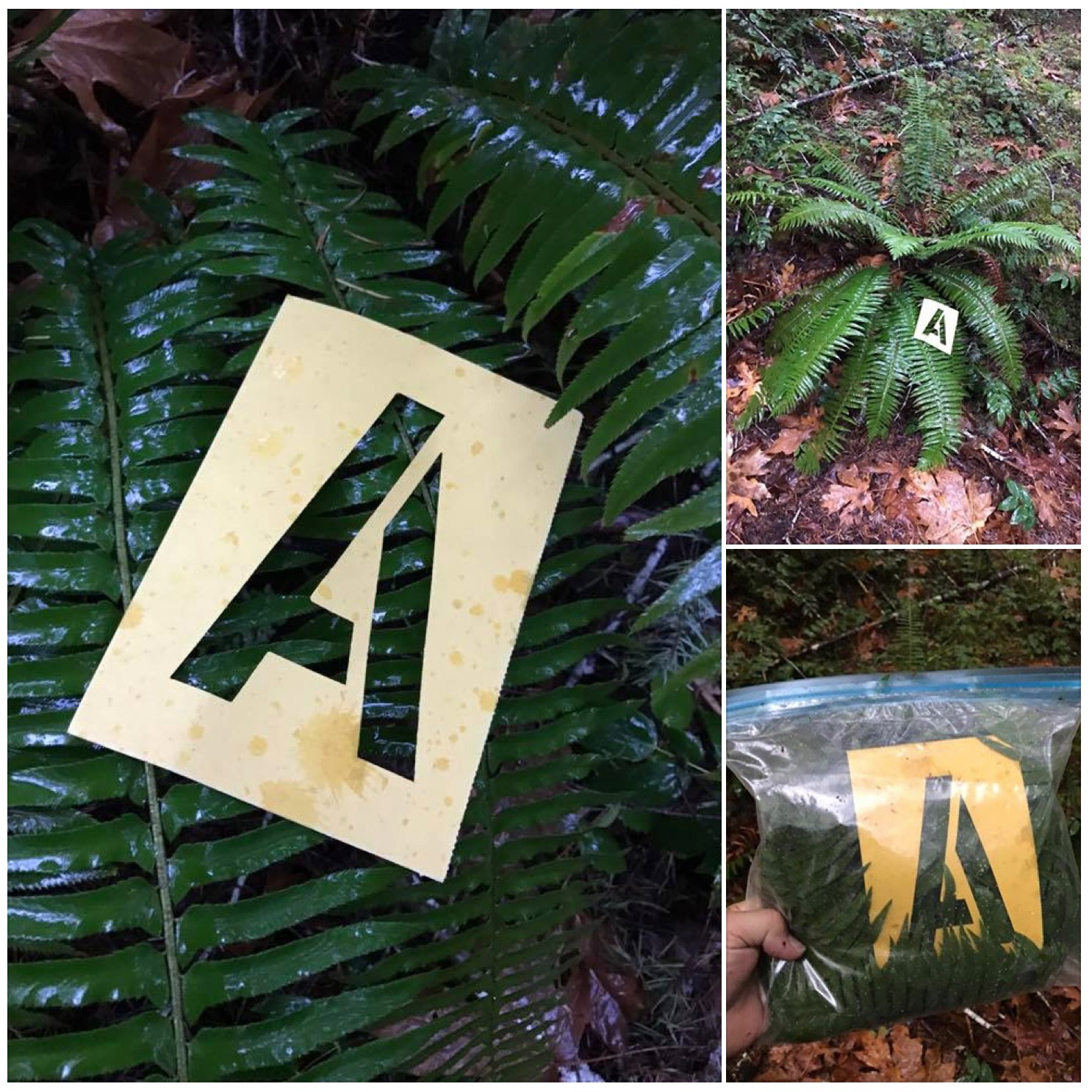Home » CLIMA 2016 | H. J. Andrews Experimental Forest LTER
Cortada works: Do Not Open | Climate Refugees | Hot for Hialeah | Psychoanalysis of Climate Change | Reclamation Project | Flor 500
LTER : Everglades (Florida) | HJ Andrews (Oregon) | Hubbard Brook (New Hampshire)
H. J. Andrews Experimental Forest and LTER

Xavier Cortada, “Ancient Forests: COP21-2216 (H. J. Andrews Experimental Forest LTER), archival ink on aluminum (edition of 5), 49″ x 12″, 2016.
To create this digital work I used a photo I took of an ancient forest inside a special area of the H. J. Andrews Forest LTER designated as an ongoing study to last 200 years.
My city will be submerged by then.
Sooner even, if our President-elect rescinds many of the environmental regulations enacted to keep us safe and walks away from international climate treaties like the COP21 Paris Talks.
Now more than ever scientists and artists play a critical role: Scientists must continue to record how the climate responds to changing policies. Artists need to use art to effectuate change; to capture this moment.
–Xavier Cortada
By studying old-growth forests for decades, H. J. Andrews scientists discovered that these systems with their large, old trees and specialized plants and animals that rely on them are vital and unique components of a healthy landscape. This understanding has transformed the way that old-growth forests are conserved and managed today.
Andrews’ scientists revealed the importance of dead trees to diversifying animal habitat and sustaining the flow of vital nutrients in forests and streams by tracking how fallen and standing deadwood changes as forests age. These studies profoundly influenced forest management by prioritizing the retention of dead wood in forests and streams.

Xavier Cortada, “Forest Words (A),” 2016 — HJ Andrews Experimental Forest, Oregon
About the H. J. Andrews Experimental Forest and LTER
The Andrews Forest is situated in the western Cascade Range of Oregon, and covers the entire 15,800-acre (6400-ha) drainage basin of Lookout Creek. Elevation ranges from 1350 to 5340 feet (410 to 1630 m). Broadly representative of the rugged mountainous landscape of the Pacific Northwest, the Andrews Forest contains excellent examples of the region’s conifer forests and associated wildlife and stream ecosystems. These forests are among the tallest and most productive in the world, with tree heights of often greater than 250 ft (75 m). Streams are steep, cold and clean, providing habitat for numerous aquatic organisms.
When established in 1948, the Andrews Forest was covered by a mix of old-growth conifer (~500 yrs old) and mature forest (100-150 yrs old). Beginning in the 1950’s, a series of small watershed manipulations laid the foundation for basic and applied research involving ecosystem function, vegetation succession, nutrient dynamics and forest-stream interactions that continues to the present. The old-growth forests were the subject of intensive basic research beginning in the 1970s, including the original work on northern spotted owl. Studies of large wood and carbon cycling over the past three decades have revealed exceptional properties of these forests and streams. The Andrews Experimental Forest serves as a science benchmark for multiple themes and provides a foundation for regional studies.
The Andrews Forest is administered cooperatively by the USDA Forest Service’s Pacific Northwest Research Station (USFS Research), Oregon State University (OSU) and the Willamette National Forest. Funding for baseline research comes from the National Science Foundation (NSF), Pacific Northwest Research Station, Oregon State University, and other sources. The Andrews Forest is one of 26 major ecosystem research sites funded through NSF’s Long-Term Ecological Research (LTER) Program and one of 81 USDA Experimental Forests.
Special thanks to H.J. Andrews LTER and Dr. Fred Swanson.

